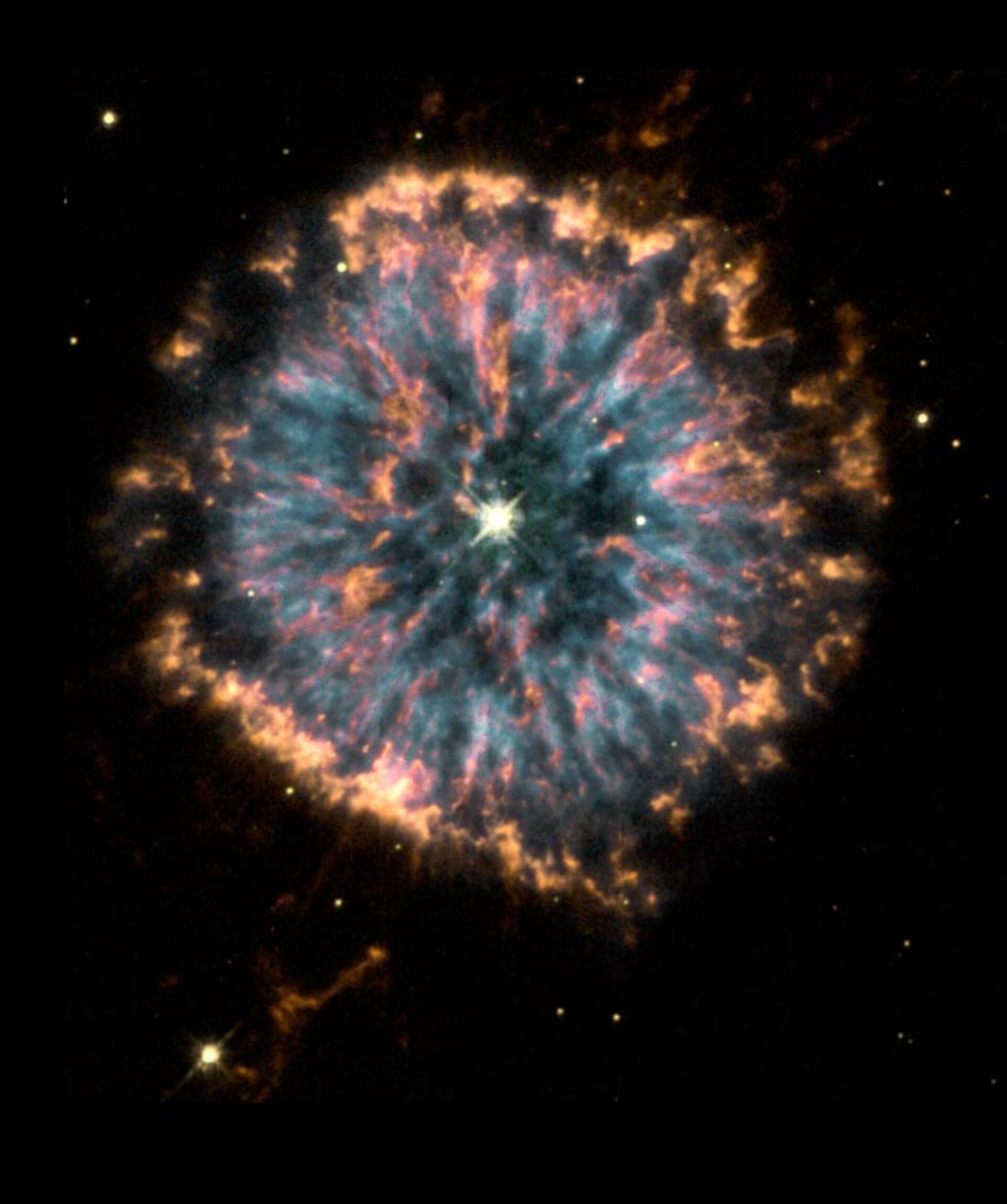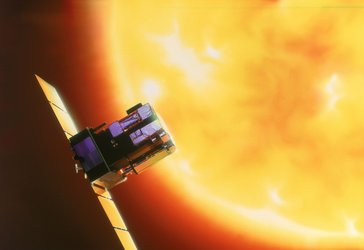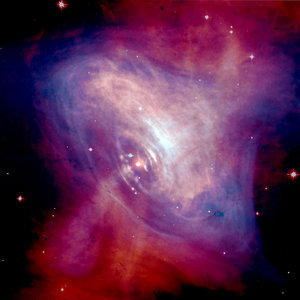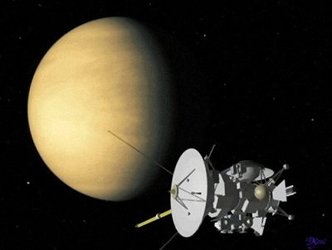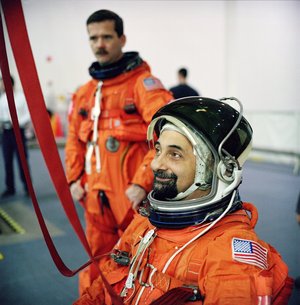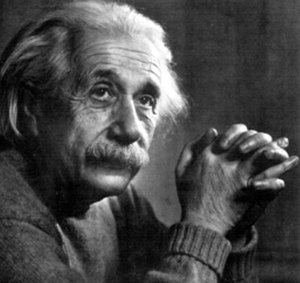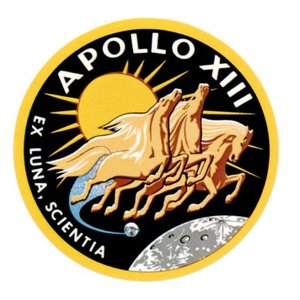24 April
1990: On 24 April 1990, the Hubble Space Telescope was launched. It is a collaboration between ESA and NASA and is a long-term, space-based observatory. The observations are carried out in visible, infrared and ultraviolet light.
In many ways Hubble has revolutionised modern astronomy, not only as an efficient tool for making new discoveries, but also by driving astronomical research in general.
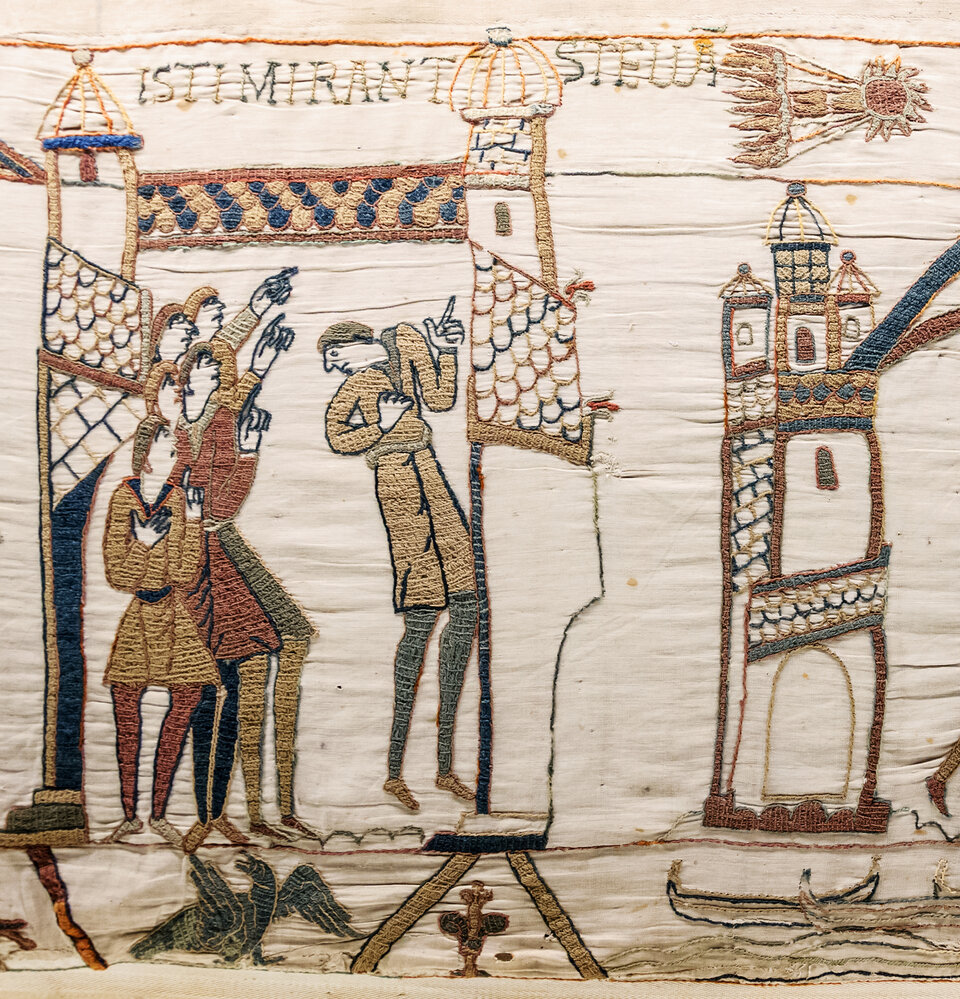
1066: On 24 April 1066, a comet appeared in the sky above the Battle of Hastings in England. The Bayeaux Tapestry was woven fourteen years later to commemorate William of Normandy's victory, and depicted the comet. The comet had appeared on 24 April 1066 before the battle and many believed that the comet was a bad omen for Harold, the English King, but good news for William.
The Chinese first observed this comet in 239 BC. Between the years 239 BC and the present day, the orbital period has varied from 76.0 years (in 1986) to 79.3 years (in 451 and 1066). The gravitational pull of the major planets alters the orbital period from revolution to revolution. Non-gravitational effects (such as the reaction from gasses boiled off during its passage near the Sun) also play an important, but smaller, role in altering the orbit.
In 1705 Edmond Halley predicted, using Newton's newly formulated laws of motion, that the comet seen in 1531, 1607, and 1682 would return in 1758. The comet did indeed return as predicted and was later named in his honour.
In 1986, when Comet Halley passed the Earth, ESA sent its Giotto probe to study the comet. It flew within 500 kilometres from the comet and sent back exciting close-up photographs of this famous object.


